Review
The Ioniq 5 isn’t just ‘another electric car’ from Hyundai. It’s a statement of intent. Having successfully transitioned from being a budget-friendly brand to a mainstream one, the Korean carmaker now wants a slice of the premium market.
That’s why the Ioniq 5 is more than simply a badge-engineering exercise – it uses an entirely new platform, powertrain and design language and will spearhead a whole new range of cars under the Ioniq umbrella.
Hyundai has already enjoyed success in the fleet market with its Kona Electric, which was one of the first long-range EVs to market with an affordable price tag. The Ioniq 5 is different, however. It won’t be offered with petrol or diesel engines. It’s been designed from day one to be an electric vehicle (EV) and that makes a big difference.
Video: Hyundai Ioniq 2022
While its hatchback silhouette might trick you into thinking this is a Volkswagen Golf rival, it’s not until you see the car in the flesh that you realise its footprint is larger than that of a Tucson SUV and, thanks to that EV-specific chassis, interior space is on par with a luxury saloon.
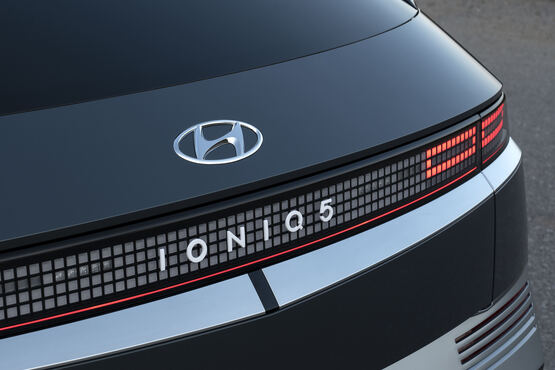
The concept car looks should be enough to lure in EV sceptics, with its balance of retro and modern styling cues, and, once you go beyond the surface, it’s clear the Ioniq 5 is a practical company car.
Inside, you’ll find big squishy seats, a vast flat floor and a beautifully simplistic dashboard. Thankfully, Hyundai has elected to retain controls for key elements, rather than bundle everything into a touchscreen. So, for example, there’s a volume knob for the radio and a touch-sensitive panel to control the air con.
At this point, it would be understandable to think that the Ioniq 5 is probably quite expensive. But, it’s not. Prices start at £36,940 – about the same as a decent-spec BMW 3 Series. There are three powertrain options to choose from, starting with the rear-wheel drive 58kWh model. You can boost range with the 73kWh variant, costing from £41,890. There’s also a twin-motor all-wheel drive model, coming in at £45,090.
Up to 240 miles of driving range is offered by the entry-level car, while the bigger battery gives 300. So far, we’ve only tried the twin-motor, which promises 287 miles, officially. In our experience, it’s going be tough to get beyond 250 miles. Our test model was showing consumption of 3.3mi/kWh, which is quite a lot less than we’ve managed in a Kona EV. We look forward to testing the single motor variants to see if they are more efficient.
Of course, being a premium-focused model, the Ionic 5 is a lot heavier than a Kona. It tips the scales at almost two tonnes, dependent on spec. The upshot is a much smoother and refined experience than you’ll get from its sibling. The Ioniq 5 does feel like an executive saloon to drive. The ride on our test model’s 20-inch wheels was a tad firm, although the super soft seats help to isolate passengers from that to a degree.
Dynamically, the Ioniq 5 isn’t quite as engaging as its hot-hatch styling might suggest, but that doesn’t mean it isn’t well calibrated. There’s minimal body roll and the weight is largely confined to the chassis, meaning the centre of gravity is low.
With 305PS, the twin-motor version feels adequately potent. It manages the 0-62mph benchmark in 5.2 seconds and delivers a healthy surge of acceleration when required. A threestage regeneration system can be controlled using steering wheel-mounted paddles and drivers can switch between Eco, Comfort and Sport driving modes – plus there’s a one pedal driving feature, called i-Pedal.
When it’s time to recharge, the Ioniq 5 has an advantage over its mainstream competitors. It’s equipped with 800v architecture – that’s the sort of thing you get on a Porsche Taycan – and it means the car can utilise 350kW rapid chargers.

If you can find a rapid charger, then it’s possible to add 80% charge in just 18 minutes. Day-to-day convenience is boosted further by a sizeable boot, wide-opening rear doors and a handy blind-spot camera system that shows a live video image from the car’s rear quarter, in the instrument cluster, when you indicate.
From a fleet perspective, the Ioniq 5 is exactly what the market needs right now. There’s a big gap between budget-friendly EVs and luxurious ones, leaving little choice for user-choosers looking for an electric alternative to the ubiquitous German saloons.
While its range might be slightly less than we’d hoped, the ability to charge so quickly, paired with the Ioniq 5’s desirable looks, good performance and comfortable ride, make it an ideal contender in the premium market.
Specification shown for Hyundai Ioniq 5 RWD 73kWh Premium
Matt has been an automotive journalist for nine years and has driven just about every new car and van that's on sale. As content editor - vehicles he is responsible for the automotive content on Fleet News and also contributes to Automotive Management. Prior to this, Matt worked in the automotive industry for 10 years.


Specs
| Manufacturer | Hyundai |
| Model | IONIQ 5 |
| Specification | IONIQ 5 Hatch 5Dr 0.0Electric 73kWh 217 Premium Auto 22MY |
| Model Year | 0.00 |
| Annual VED (Road tax) | £0 |
| BIK List Price | £42,315 |
| CO2 | N/A |
| BIK Percentage | 1% |
| Insurance Group | N/A |
| CC | N/A |
| Fuel Type | Electric |
| Vehicle Type | Large family car |
| Luggage capacity (Seats up) | 5litres |
Running Costs
| P11D | £42,315 |
| Insurance group | N/A |
| Fuel Type | Electric |
| Cost per mile | 90.80ppm |
| Fuel | 3.88ppm |
| Depreciation | 85.38ppm |
| Service maintenance and repair | 1.54ppm |
Rivals
Info at a glance
-
P11D Price
£42,315
-
MPG
N/A -
CO2 Emissions
N/A -
BIK %
1% -
Running cost
3 Year 60k : N/A 4 Year 80k : N/A -
Fuel Type
Electric



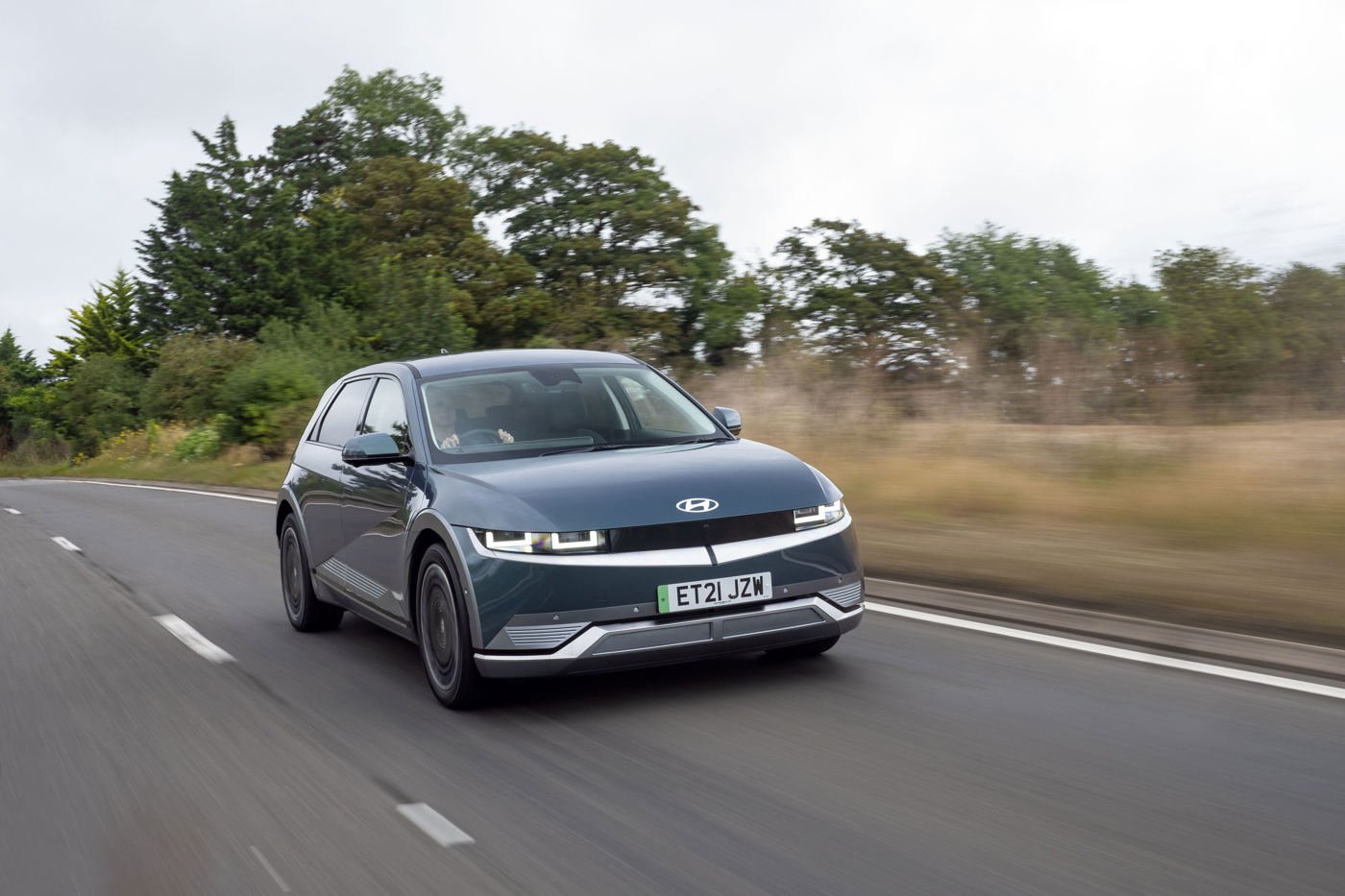
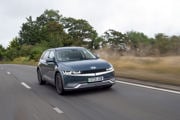





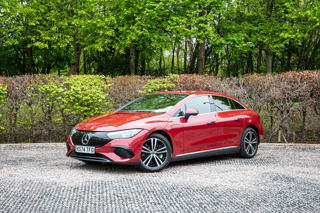

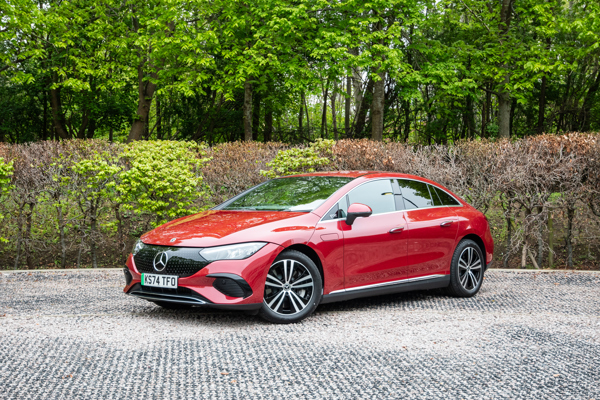

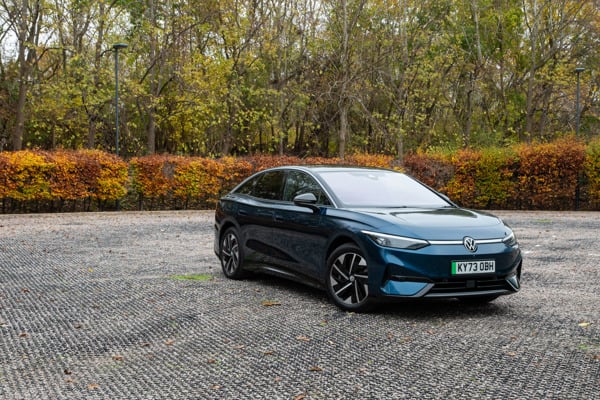


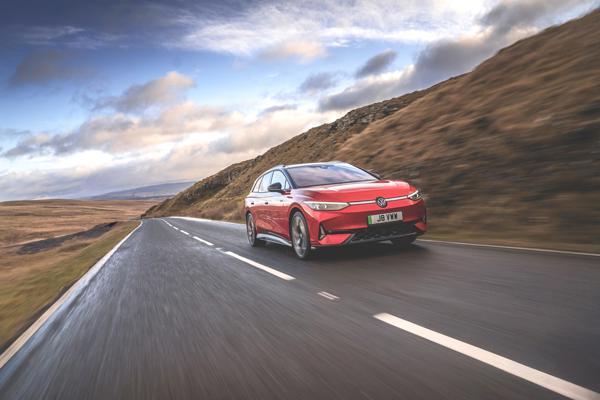
















Login to comment
Comments
No comments have been made yet.